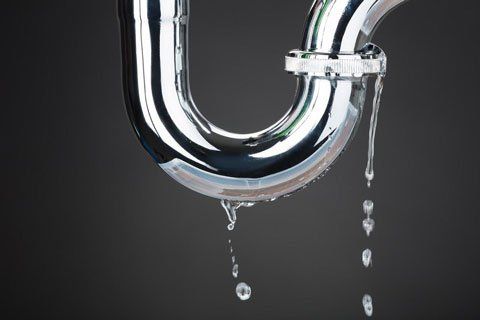6 Ways to Locate Concealed Water Leaks in Your House
6 Ways to Locate Concealed Water Leaks in Your House
Blog Article
The author is making a few great pointers related to Detecting hidden plumbing leaks overall in this article further down.

Early discovery of leaking water lines can mitigate a prospective calamity. Aside from saving you money, it will certainly reduce the stress and irritation. The minute you discover a leak, calling your plumber for repair services is the most effective remedy. Nonetheless, some little water leakages may not be visible. Here are some hacks that help if you can not identify it with your naked eyes.
1. Take A Look At the Water Meter
Inspecting it is a guaranteed method that aids you uncover leaks. If it moves, that shows a fast-moving leak. This implies you may have a slow-moving leakage that could even be below ground.
2. Inspect Water Consumption
Assess your water expenses and also track your water usage. As the one paying it, you need to notice if there are any discrepancies. If you find sudden changes, in spite of your intake being the same, it means that you have leaks in your plumbing system. Keep in mind, your water costs need to fall under the very same array every month. An abrupt spike in your bill shows a fast-moving leak.
A consistent boost every month, even with the exact same practices, reveals you have a slow-moving leakage that's additionally gradually rising. Call a plumber to extensively inspect your residential or commercial property, specifically if you really feel a warm location on your flooring with piping underneath.
3. Do a Food Coloring Examination
30% comes from commodes when it comes to water consumption. Test to see if they are running correctly. Decrease flecks of food shade in the tank and wait 10 mins. There's a leak in between the container and also dish if the color in some way infiltrates your bowl throughout that time without flushing.
4. Asses Exterior Lines
Do not neglect to inspect your outdoor water lines as well. Needs to water seep out of the link, you have a loosened rubber gasket. One tiny leak can squander loads of water and also increase your water expense.
5. Check as well as Evaluate the Circumstance
Homeowners must make it a routine to check under the sink counters and also inside closets for any kind of bad odor or mold growth. These 2 red flags suggest a leakage so timely focus is required. Doing routine inspections, also bi-annually, can save you from a significant problem.
Examine for discolorations and also compromising as many pipelines as well as appliances have a life span. If you think dripping water lines in your plumbing system, don't wait for it to rise.
Early discovery of dripping water lines can alleviate a prospective catastrophe. Some tiny water leakages might not be visible. Inspecting it is a proven way that assists you find leaks. One small leakage can waste bunches of water and increase your water costs.
If you suspect leaking water lines in your plumbing system, don't wait for it to intensify.
WARNING SIGNS OF WATER LEAKAGE BEHIND THE WALL
PERSISTENT MUSTY ODORS
As water slowly drips from a leaky pipe inside the wall, flooring and sheetrock stay damp and develop an odor similar to wet cardboard. It generates a musty smell that can help you find hidden leaks.
MOLD IN UNUSUAL AREAS
Mold usually grows in wet areas like kitchens, baths and laundry rooms. If you spot the stuff on walls or baseboards in other rooms of the house, it’s a good indicator of undetected water leaks.
STAINS THAT GROW
When mold thrives around a leaky pipe, it sometimes takes hold on the inside surface of the affected wall. A growing stain on otherwise clean sheetrock is often your sign of a hidden plumbing problem.
PEELING OR BUBBLING WALLPAPER / PAINT
This clue is easy to miss in rooms that don’t get much use. When you see wallpaper separating along seams or paint bubbling or flaking off the wall, blame sheetrock that stays wet because of an undetected leak.
BUCKLED CEILINGS AND STAINED FLOORS
If ceilings or floors in bathrooms, kitchens or laundry areas develop structural problems, don’t rule out constant damp inside the walls. Wet sheetrock can affect adjacent framing, flooring and ceilings.
https://www.servicemasterbyzaba.com/blog/how-to-detect-water-leakage-in-walls/

I discovered that content about Leaking water lines when doing a search on the search engines. Sharing is nice. Helping others is fun. Kudos for your time. Don't forget to come by our website back soon.
Report this page